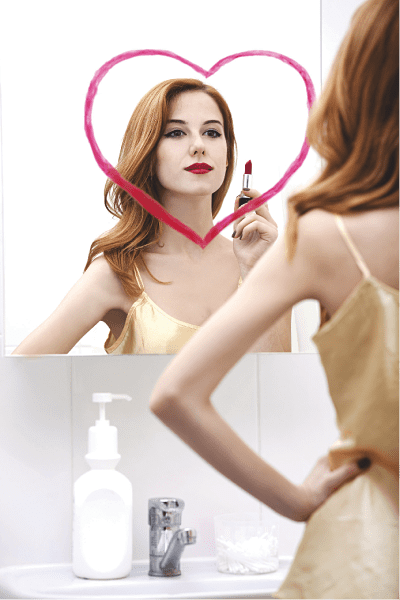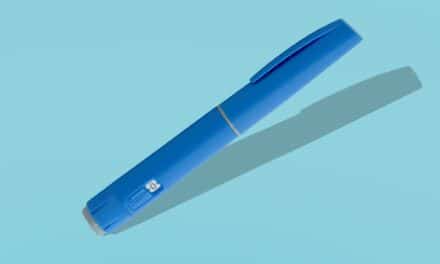By Michael Ehrlich, MD
Vanity may not be such a bad thing after all.
Dr Ehrlich, I’m not afraid of the laser blepharoplasty. I know I’ll look better afterward. I’m afraid by having 
the procedure, I am being vain. Isn’t vanity wrong?”
Patients who undergo cosmetic surgery are commonly portrayed as vain, wealthy, sun-worshiping females who care more about their appearance than any other aspect of their lives. Despite data showing otherwise, these ideas are perpetuated by society on television, the Internet, and at the office water cooler.
It’s common for my cosmetic surgery patients to express concern that they will look “overdone.” Daily. I have patients bring in photos and state emphatically, “I don’t want to look like THIS!” There has been extensive discussion in the cosmetic literature about how to prevent an overaggressive brow lift or excessive lower lid fat removal. There are articles about dealing with unhappy patients, case studies of complications, and textbooks of various approaches to cosmetic problems. There are screening tools to rule out body dysmorphic disorder. There is, however, little discussion about vanity and its possible role in preventing patients from having cosmetic procedures. This is a topic I discuss commonly with my patients.
Vanity Versus Narcissism
Vanity is commonly defined as the excessive belief in one’s abilities or attractiveness. Unfortunately, vanity is often used interchangeably with narcissism, which psychiatrists define as an unhealthy self-absorption due to an abnormal sense of self. We all have the facility to be vain, but this does not make us narcissistic. The social and evolutionary psychology literature are riddled with examples showing we are hardwired from birth to respond to beauty. Research shows us that babies stare longer at beautiful faces, and isolated tribes rate faces as beautiful in the same way as college co-eds. Throughout human history, excluding perhaps the last 75 years, human males have been ingrained to respond to the looks of 18-year-old nubile females as they had the greatest chance of being fertile partners.
We also find evidence throughout ancient history of acts of human adornment beyond what is hardwired in order to attract others. Whether through the medium of fashion, makeup, or tattoos, the historical purpose has been to find a fertile mate. We observe the same efforts of adornment in the animal kingdom. The peacock devotes precious resources to create a beautiful tail. Why? To show that it is a healthy potential mate to those around it. In fact, in Western art, vanity was often symbolized in the form of a peacock.
While cultural and technological advances have changed some of our desires for looking attractive, our instincts date back to ancient times. Some patients are afraid that their cosmetic treatments, from filler to facelift, will make them feel vain. It is therefore important to provide them with the knowledge that feelings of vanity are built-in, pervasive, and distinct from personality disorders like narcissism. As a physician, I consider it my duty to explain and thereby diminish barriers which may incorrectly prevent a patient from having a procedure that they desire, for which they are a good candidate, and which will improve their quality of life. Rather than be afraid of vanity, we can help educate our patients to embrace this natural, long-standing, and powerful feeling.
Michael Ehrlich, MD, is an oculofacial surgeon in Danbury, Conn. He can be reached at [email protected].





